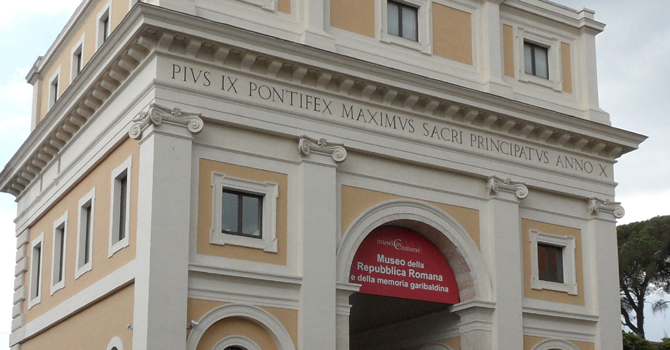Restauri
The restoration involved all the internal and external walls in travertine, brickwork and plaster, with the revival of the nineteenth century colourings.


The restoration involved all the internal and external walls in travertine, brickwork and plaster, with the revival of the nineteenth century colourings. Particular attention was given to the monumental coat of arms and one of the four wooden doors of the old city, already restored in 1976.
Although the building, an access gate through defensive walls, was equipped with rooms used for military operations, the project was designed to maximize interior space, in order to optimize the internal space and to improve accessibility for disabled visitors, without altering its structural and historical features. The surfaces of the monument were recently (Year 2000 Jubilee) restored, and in view of its fairly good conservation, needed maintenance of external walls and those facing the internal gallery.
The most significant works were at the ground floor with an extension of the pavement made in sampietrini. The enlargement was covered with cubes of paving stone (sampietrini), bordered with colonnotti in stone. A gate door with four panels was installed on both sides of the new space, open during the day to allow access to visitors and tourists, and closed at night. A ramp to allow access for the disabled people was built near the entrance to the museum. The five wooden doors are open and allow a view of the interior. Structural measures include the inclusion of two ramps for the disabled to the second floor and the extension of part of the third floor.
































